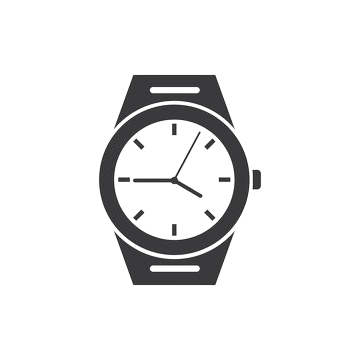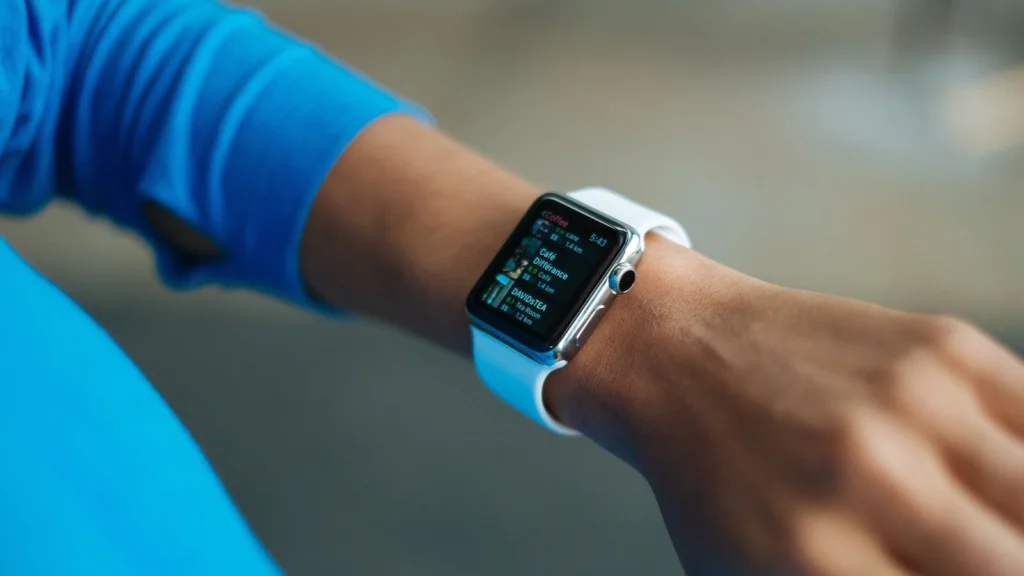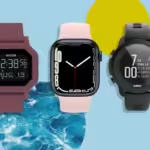In recent years, the convergence of technology and personal health has accelerated at a remarkable pace, with smartwatches emerging as powerful tools in the realm of health monitoring. At the heart of this revolution lie sophisticated sensors that empower these devices to go beyond mere timekeeping, transforming them into indispensable companions for proactive health management.
Introduction
Smartwatches, once primarily prized for their convenience and connectivity, have evolved into veritable health hubs. Equipped with an array of sensors, these devices now monitor vital signs, track fitness metrics, and even detect potential health issues before symptoms manifest. This article delves into the intricate world of sensor technology within health-monitoring smartwatches, exploring their capabilities, limitations, and the profound impact they have on personal wellness.
Understanding Sensor Technology in Smartwatches
- Heart Rate Monitoring: One of the foundational features of health-focused smartwatches is their ability to continuously monitor heart rate. Optical sensors, typically found on the underside of the watch, use light to detect blood flow changes and derive heart rate data in real-time. This technology not only provides users with immediate feedback during workouts but also facilitates long-term heart health tracking.
- Activity Tracking Sensors: Accelerometers and gyroscopes form the backbone of smartwatch activity tracking. These sensors detect movement in multiple axes, enabling the measurement of steps taken, distance covered, and even the intensity of physical activity. Advanced algorithms analyze this data to provide insights into daily activity levels and encourage healthier lifestyles.
- Sleep Monitoring Capabilities: Many modern smartwatches employ sensors to monitor sleep patterns, offering insights into sleep duration, quality, and stages (such as REM and deep sleep). By tracking movement and heart rate variability during sleep, these devices help users understand their nightly rest and make adjustments for better sleep hygiene.
- Blood Oxygen Saturation (SpO2) Monitoring: Recent advancements in sensor technology have enabled smartwatches to measure blood oxygen levels non-invasively. Using photoplethysmography (PPG) sensors, these devices estimate SpO2 levels, providing valuable information about respiratory health and potential issues like sleep apnea.
- Electrocardiogram (ECG) Monitoring: Some high-end smartwatches incorporate ECG sensors, which record the electrical activity of the heart over a period. This capability allows users to detect irregular heart rhythms (arrhythmias) and seek medical attention promptly, potentially preventing serious cardiovascular events.

The Impact on Personal Health Management
The integration of these sensors into everyday wearables marks a paradigm shift in how individuals approach their health. By providing continuous, personalized data, smartwatches empower users to take proactive steps towards better health outcomes. Key impacts include:
- Early Detection of Health Issues: Continuous monitoring and data collection enable early detection of anomalies in vital signs, prompting timely medical intervention.
- Empowerment Through Data: Accessible health metrics empower users to make informed decisions about their lifestyle, exercise routines, and overall well-being.
- Personalized Health Insights: Advanced algorithms analyze sensor data to generate personalized health insights and recommendations, fostering a deeper understanding of individual health trends.
Challenges and Considerations
While sensor-equipped smartwatches offer tremendous benefits, they also pose challenges and considerations:
- Accuracy and Reliability: Ensuring the accuracy of sensor readings across diverse user demographics and environmental conditions remains a critical challenge.
- Data Privacy and Security: The collection and storage of sensitive health data raise concerns about privacy and security, necessitating robust encryption and data protection measures.
- User Education and Interpretation: Interpreting health data requires a level of health literacy. Effective user education and clear communication of findings are essential to maximize the utility of health-monitoring smartwatches.
Future Directions in Sensor Technology
Looking ahead, the evolution of sensor technology in smartwatches shows promising avenues for innovation:
- Multimodal Sensor Integration: Combining multiple sensors (e.g., optical, electrochemical, environmental) to provide comprehensive health insights.
- AI and Machine Learning: Leveraging artificial intelligence and machine learning to enhance sensor accuracy, personalize health recommendations, and predict health outcomes.
- Miniaturization and Wearability: Advancements in sensor miniaturization will further enhance wearable comfort and integration into everyday life.
Conclusion
In conclusion, the role of sensors in health-monitoring smartwatches transcends mere technological innovation; it represents a transformative shift towards personalized, proactive healthcare. As these devices continue to evolve, driven by advancements in sensor technology and user-centric design, they promise to empower individuals worldwide to lead healthier, more informed lives. By embracing these innovations responsibly and addressing ongoing challenges, the future of health-monitoring smartwatches holds immense potential to reshape the landscape of personal wellness.
Through the lens of sensor technology, smartwatches are not just accessories but essential tools in the pursuit of holistic health and well-being. As we navigate this exciting frontier, one thing remains clear: the journey towards optimal health begins with a single touch of a sensor-equipped smartwatch.
This comprehensive article delves into the intricate world of sensor technology within health-monitoring smartwatches, exploring their capabilities, limitations, and the profound impact they have on personal wellness.



